A Creeper: Absorbing Generative AI into the Inventive Process
IP Watchdog
MAY 14, 2024
Patent and Trademark Office’s (USPTO) recent Request for Comments (RFC) on the impact of artificial intelligence (AI) highlights a critical juncture in intellectual property law—evaluating the impact of generative AI (GenAI) on the non-obviousness standard.

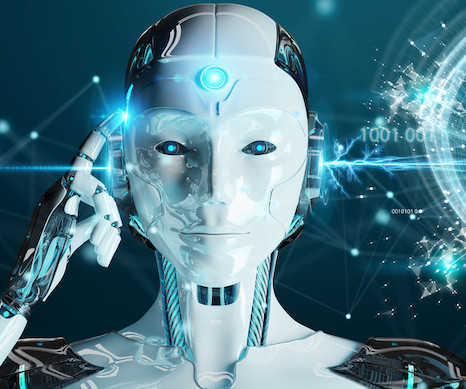
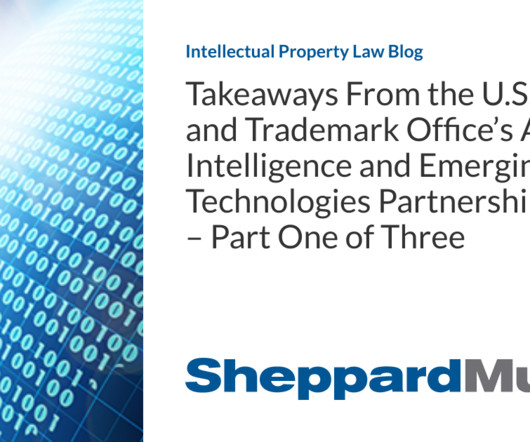
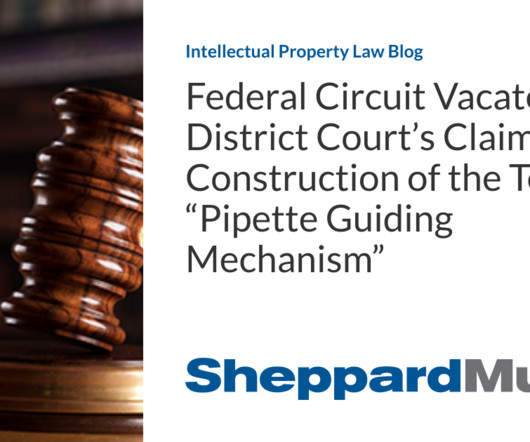


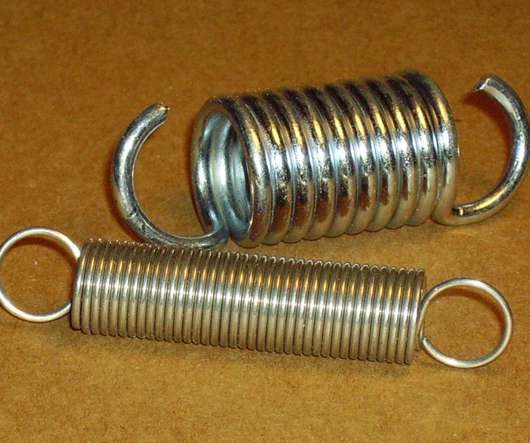
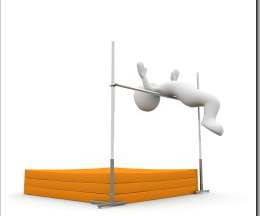

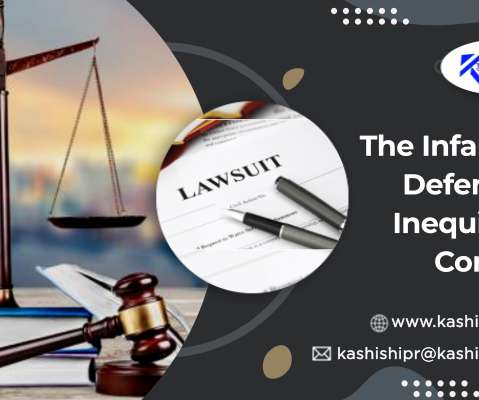

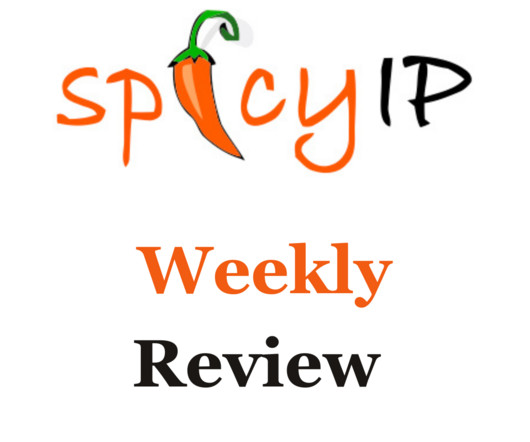






Let's personalize your content